We get a record harvest with the Hali Gali tomato: life hacks of gardeners and basic rules for caring for a hybrid
In 2003, Siberian breeders registered an early ripe hybrid of Hali-Gali F1 tomatoes. The crop is intended for cultivation in greenhouse conditions and in the open field, has a high degree of resistance to fungal diseases. Tomato is in steady demand among farmers and gardeners in central Russia.
The content of the article
Description of the hybrid
Hali-gali F1 - determinant early ripe hybrid of tomatoes... From the moment the seeds are planted, the first fruits ripen in 80-95 days. In greenhouse conditions, they ripen 15 days earlier. The standard bush reaches a height of 90 cm, the leaves are light green, medium in size. The inflorescence is simple, the first laying occurs above 5-7 leaves.
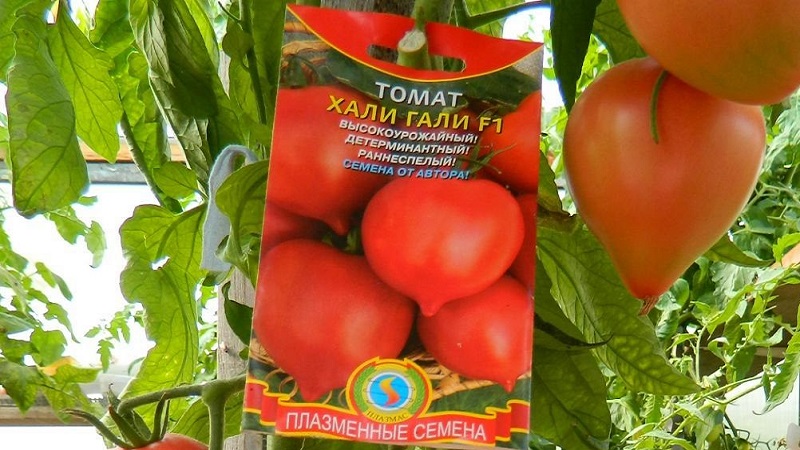
F1 hybrid
Like most modern hybrids, Hali-gali tomato F1 has an innate resistance to fungal diseases... It will not be possible to independently prepare seeds for subsequent reproduction while maintaining the purity of the signs. The F1 marking indicates the need to buy seed from the store.
Distinctive features
Early ripe tomato is resistant to sudden changes in temperature... Not pollinated on its own. To attract bees to the beds, it is recommended to plant honey-bearing flowers: calendula, mattiola, mignonette. Shows excellent results when grown on the balcony of a city apartment.
Fruit characteristics and yield
It is easy to distinguish hybrid fruits from other red tomatoes for greenhouse breeding. - on the tip of Hali-gali there is a peculiar pointed "nose". The shape is round, the skin is dense. The weight of a ripe tomato reaches 100-170 g.
Tomatoes are distinguished by excellent taste.... Stores well during transportation. The amount of the harvested crop directly depends on the method of cultivation. Productivity from 1 m2 in the greenhouse reaches 13 kg, in the open field 9 kg from 1 m2.
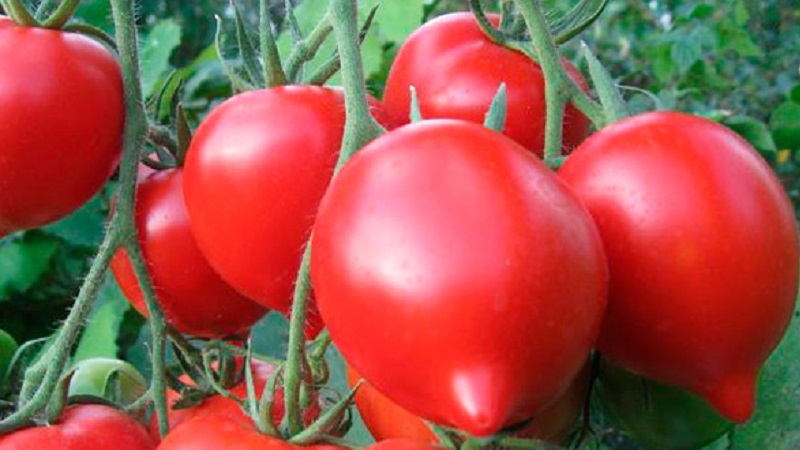
How to grow seedlings
Tomato hybrid Hali-gali are grown in seedlings.
Seed preparation
For seedlings for a greenhouse, seeds are sown in January-February, for soil in March-April... Shop grains of hybrids are pre-calibrated; there is no need to sort them before planting.
Sellers store seed in the cold in a warehouse, where it is at rest. Warming up will awaken the seeds and shorten the period until the first leaves appear. To do this, the packaging is tied to a heating radiator for 2-3 weeks.
On a note! Hybrid seeds are not sown dry. Directly on the day of sowing, they are soaked in a solution of "Humate" for 1-2 hours.
Capacity and soil
For seedlings, tomato seeds are planted in boxes with a side height of up to 10 cm... A layer of expanded clay drainage 1-2 cm thick is placed on the bottom of the container. Fall asleep to the top with a prepared nutrient mixture.
Optimal potting mix for tomatoes:
- 2 parts of peat;
- 1 piece of land;
- 1 part compost;
- 0.5 parts of sand.
Add to one bucket of the resulting mixture one glass of wood ash to reduce overall acidity. If the soil is heavy, a small amount of sphagnum moss is added to the composition. This will enable the root system of tomato sprouts to "breathe".
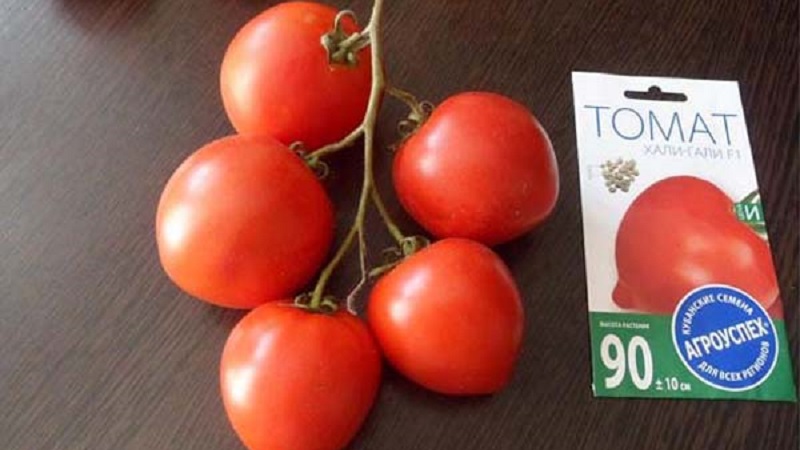
Sowing
Seeds of hybrid tomatoes are sown in boxes with a nutrient mixture, 1 pc. into the hole. Deepen by 2-2.5 cm.The soil is abundantly sprayed with melt or rainwater. Top covered with a thin layer of soil 1 cm. Cover with a film and put in a warm place.
Other early maturing varieties:
Large-fruited tomato of universal application "Strega f1"
Early ripe tomato for the southern regions of the country "Polonaise f1"
Growing and care
After the first shoots appear boxes with seedlings are placed on an insulated windowsill. If possible, organize lighting with fluorescent lamps. The total daylight hours should be 16 hours.
It is important not to dry young tomato seedlings.... After pecking, the film on the box is lifted daily, the ground is sprayed and covered again. The shelter is completely removed after 10-15 days. At a temperature outside the window of + 15-20 ° C, the sprouts are "walked" in the air, starting from 5 minutes a day.
At the age of 2-3 weeks, seedlings are fed with ready-made humic fertilizers according to the recommendations indicated on the package. After 3-4 days, plants are transplanted into individual containers, for example, peat pots.
On a note! Pinching the root injures the plant and causes a delay in fruiting for 1-2 weeks.
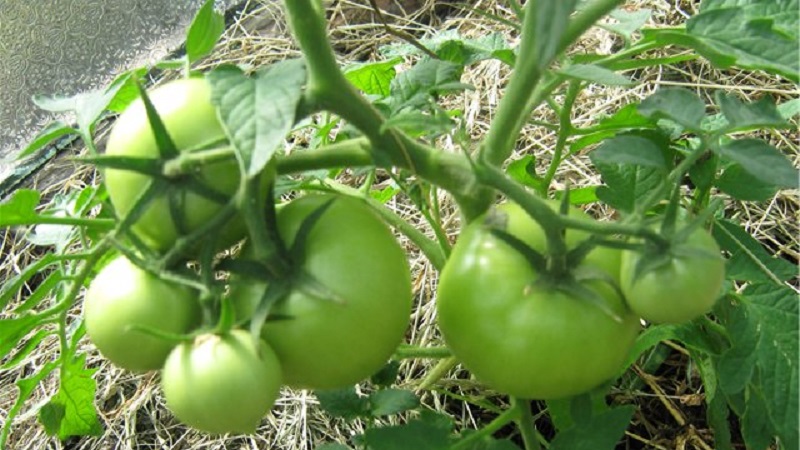
How to grow tomatoes
There are no special differences in agricultural technology of the Hali-Gali F1 hybrid... Like any other tomatoes, these tomatoes require soil moisture, timely feeding and adherence to a moisture regime. The only caveat is that additional pollination is needed.
Landing
At the age of 55-60 days, the Hali-Gali F1 hybrid tomato is planted in a permanent place on a cloudy day in the early morning. By this time, the sprout reaches 40-45 cm, forms 5-6 leaves. Plants are placed at a distance of 40 cm, row spacing 50 cm. After planting, watered abundantly.
Care
Regular caring for Hali-Gali tomatoes includes mandatory steps:
- Periodic loosening of the surface layer of the soil.
- Abundant watering in the early morning or at sunset 1-2 times a week.
- Continuous hilling with an interval of 14-15 days 3-4 times a season.
- Grasshopping of axillary inflorescences and lower leaves.
- The first feeding at the age of 14-15 days after planting.
- The second - during the flowering period of the second brush.
On a note! The formation of the plant is carried out in such a way that an adult bush consists of 1 or 2 shoots.
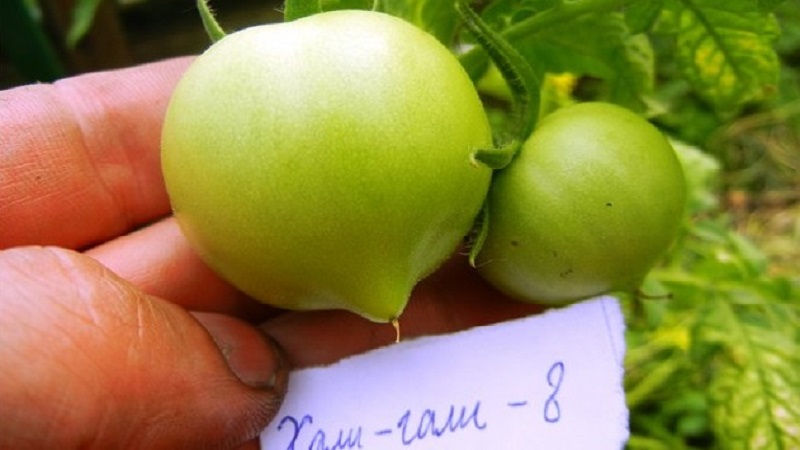
Features of cultivation and possible difficulties
Hali-Gali hybrid tomato needs additional pollination... For this, the bush is slightly shaken once a day during the period of abundant flowering. This will help the pollen settle on the stamens and create a good ovary. The trunk of the tomato and the main branches must be tied up in order to avoid breaking off under the weight of ripe brushes with tomatoes.
For a full harvest give preference to complex mineral fertilizers.
Diseases and pests
Like any hybrid, the Hali-gali F1 tomato is resistant to late blight, bacterial spotting and tobacco mosaic virus.
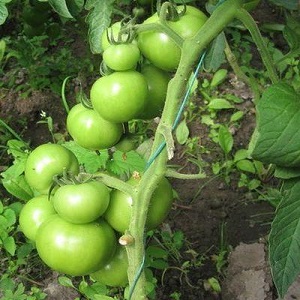 Insect pests are especially dangerous for tomato hybrids.... To combat them, ready-made preparations are used:
Insect pests are especially dangerous for tomato hybrids.... To combat them, ready-made preparations are used:
- Colorado potato beetle - spraying with Bitoxibacillin and Aktarofit preparations at the rate of 100 ml per 10 liters of water;
- May beetle - introduction of biological products "Metarizin", "Boverin", "Entocid" into the soil;
- root-knot nematode - treatment with biological products "Boverin", "Metarizin" and "Entocid";
- scoop caterpillar - spraying the vegetative part with "Lepidocide";
- aphids - treatment with "Bitoxibacillin".
When the first dangerous insects appear on tomato beds, it is necessary to deeply loosen the soil and manually collect the larvae.
On a note! May beetle, a dangerous pest of the root system of tomatoes, does not like lupines and cruciferous plants. The neighborhood of tomatoes with cabbage, radish, mustard gives good results.
The nuances of growing in open ground and in a greenhouse
Hali-gali tomato is resistant to high temperatures... When planting in the ground, it needs regular loosening of the soil, pinching and tying up the stems.
Outdoor cultivation is more suitable for southern regions... On the territory of the middle lane, seedlings must be covered with a film before the onset of persistent heat. In more northern areas, they are suitable for cultivation in heated greenhouses. Prevention of the incidence of hybrid tomatoes in closed conditions will be regular loosening of the soil, ventilation, and compliance with the lighting regime.
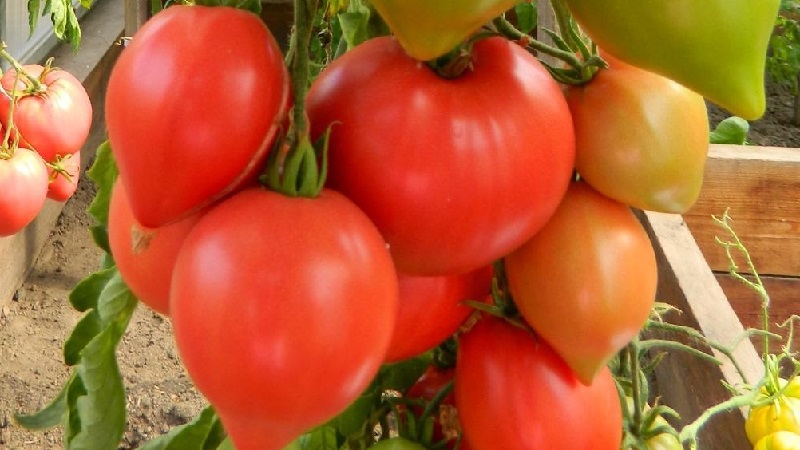
Harvesting and application of the crop
Hybrid tolerates long-term transportation well, perfectly preserves its presentation. Due to the high sugar content, the fruits are distinguished by excellent taste.
Tomatoes are dense, fleshy, often used for cooking juices, mashed potatoes, salting in barrels. They retain their characteristic tomato flavor well during greenhouse cultivation and are highly regarded as the first spring vegetable.
Read also:
An early ripe hybrid with an exceptional taste - "Lily Marlene f1"
Advantages and disadvantages
Hali-gali F1 hybrid is picky about feeding, especially in greenhouse conditions... But this fact can hardly be attributed to obvious shortcomings.
The indisputable advantages include:
- early ripening of fruits;
- tolerance for lack of moisture;
- resistance to fungal diseases;
- excellent transportability.
Hali-gali tomato will be appreciated by amateurs and experienced farmers. Growing a hybrid does not require deep knowledge of gardening and will be a good experience for beginners.... To obtain a rich harvest, it is enough to pay attention to timely feeding and pinching of plants.
Farmers reviews
Marina, Krasnodar Territory: “The Hali-Gali hybrid was planted in the open ground on April 1, 10 bushes were tested. Of the advantages, I will note the excellent taste. Fruits are dense, fleshy, aromatic. Phytophthora bypassed, not a single bush is infected. He brought troubles only during fruiting, the branches bent strongly to the ground and had to be tied up urgently ".

Konstantin, Kazan: “I have been growing a tomato for the second year. Seedlings were planted in a greenhouse on May 3. The first brushes with full-fledged green fruits appeared in early July. The yield is excellent, I collected 15 kg from the bush. The fruits look as bright as in the photo. This result is obtained with abundant watering once a week. It branches heavily, it is imperative to pay attention to pinching ".
Vasily Petrovich, Moscow region: “I am fond of growing tomatoes, peppers, cucumbers in a greenhouse. I tried Hali-Gali in 2005 and have been planting them since then. The taste is sweet, aromatic. I noticed that they like complex fertilizers. They respond well to Gumat. I try to tie it up on the day of disembarkation, so that later I do not crawl on the ground. I gradually build up support as I grow. I'm not going to change for others ".
Conclusion
As many gardeners note, tomatoes of the Hali-Gali F1 hybrid are distinguished by friendly seed germination. Suitable for growing in any region of the country. Tomatoes captivate with good transportability and keeping quality. A kind of original "nose" at the tip of the fruit makes the culture recognizable and increases its popularity.
The versatility of crop use adds advantages when choosing varieties and hybrids for growing on the site. Hali-gali can be cultivated even by a novice gardener, observing the basic rules of tomato agricultural technology.